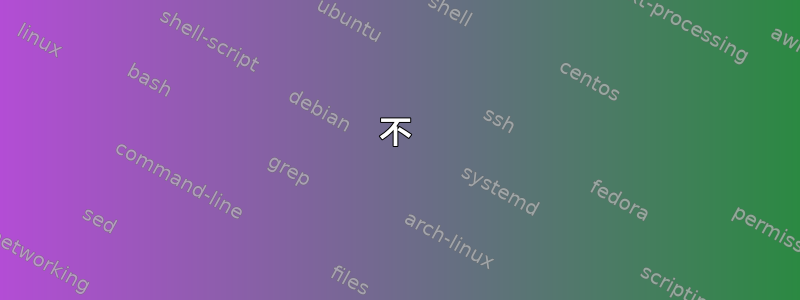
看来我可以用 来$some text in another lang$代替(更大)\textit{some text in another lang},可以吗?
在我看来,效果是一样的。
答案1
不
真的不!
$ ... $是 TeX 进入数学模式的方式 - 具体来说,是内联数学模式。这意味着它会将您置于一个完美配置的数学模式中 - 而不是斜体文本。
使用$ ... $斜体文本将会产生一些非常糟糕的结果。
除非你有一些奇怪的设置,否则空格将被忽略,所以
$Here is some text$
生产
单词中字母之间的间距也会很糟糕,因为它是为数学变量字符串之间的间距设计的,比如AB+光盘=埃夫格或其他,不适用于单词。结果,字母之间会出现不规则的间隙:
Compare $Here$ with \textit{Here}
看看r和埃。
因为您处于数学模式,所以文本模式命令将不起作用。
$p\`{e}re$
产生错误
LaTeX Warning: Command \` invalid in math mode on input line 6.
! Please use \mathaccent for accents in math mode.
\add@accent ...@spacefactor \spacefactor }\accent
#1 #2\egroup \spacefactor ...
l.6 $p\`{e}
re$
?
此外,如果您使用的字体与默认字体不同,斜体字体可能与数学字体不同。
但抛开这些不谈,它违反了 LaTeX 的一项原则,即逻辑结构。其中一个关键思想是,我有有意义的命令和环境来生成给定的结构。因此,我使用环境,而不是手动输入枚举列表,每次都手动输入所有缩进和内容enumerate。如果我想要一些数学知识,我会进入数学模式。我不应该真的将数学模式用作非数学的破解手段,因为它会弄乱我的.tex文件结构。
关于这个主题,您可能想考虑使用\emph{foo}。现在\emph{}用于强调事物,默认情况下,其行为是使事物变为斜体。它还处理嵌套强调,以便
\emph{Never \emph{ever} do that again!}
生产
请注意永远是直立的。
在这里,我没有使用低级字体更改命令,而是使用结构 - 强调。当我想强调某些东西时,我会使用它。这意味着,如果我想改变文档中强调内容的方式,而不想更改所有 s \textit,我只需重新定义 即可\emph。我自己几乎从不\textit在文档中使用,但我通常会定义一些命令,例如\work针对作品(书籍、戏剧、电影等)。通常,此类标题设置为斜体。
\documentclass{article}
\usepackage{amsmath}
\newcommand{\work}[1]{\textit{#1}}
\begin{document}
I really like \work{Harry Potter and the Order of the Phoenix} and
\work{Harry Potter and the Half-Blood Prince}. \work{Harry Potter and
the Deathly Hallows} is actually my \emph{least} favourite, though,
which surprised one of my ``friends'' so much, he punched me on the
nose.
\end{document}
但我可以毫不费力地改变这一点,以便我的所有标题都放在引号中。
\documentclass{article}
\usepackage{amsmath}
\newcommand{\work}[1]{``#1''}
\begin{document}
I really like \work{Harry Potter and the Order of the Phoenix} and
\work{Harry Potter and the Half-Blood Prince}. \work{Harry Potter and
the Deathly Hallows} is actually my \emph{least} favourite, though,
which surprised one of my ``friends'' so much, he punched me on the
nose.
\end{document}
您可能还想研究的另一件事是使用可以通过定义键盘快捷键来加快输入命令过程的编辑器。看看这里看看是否有你喜欢的。











